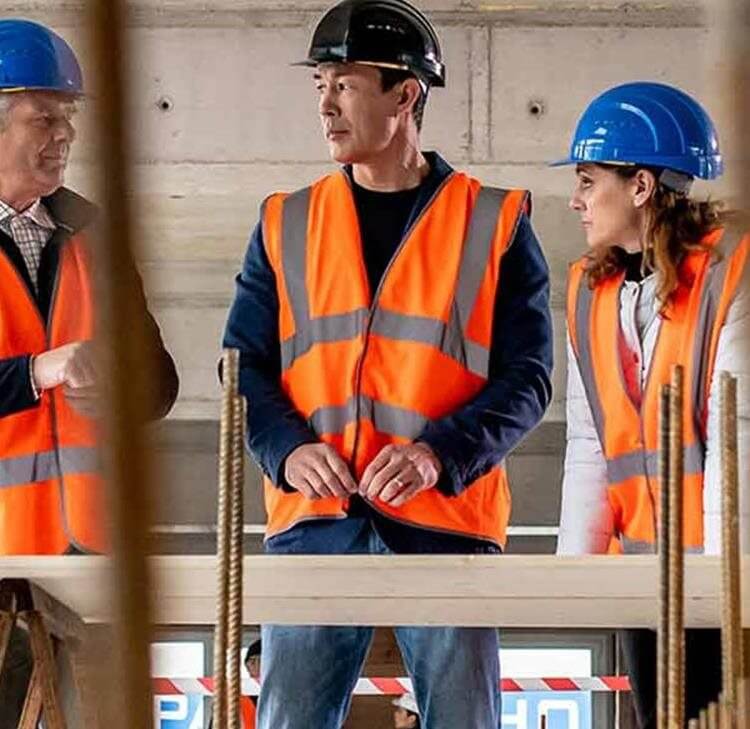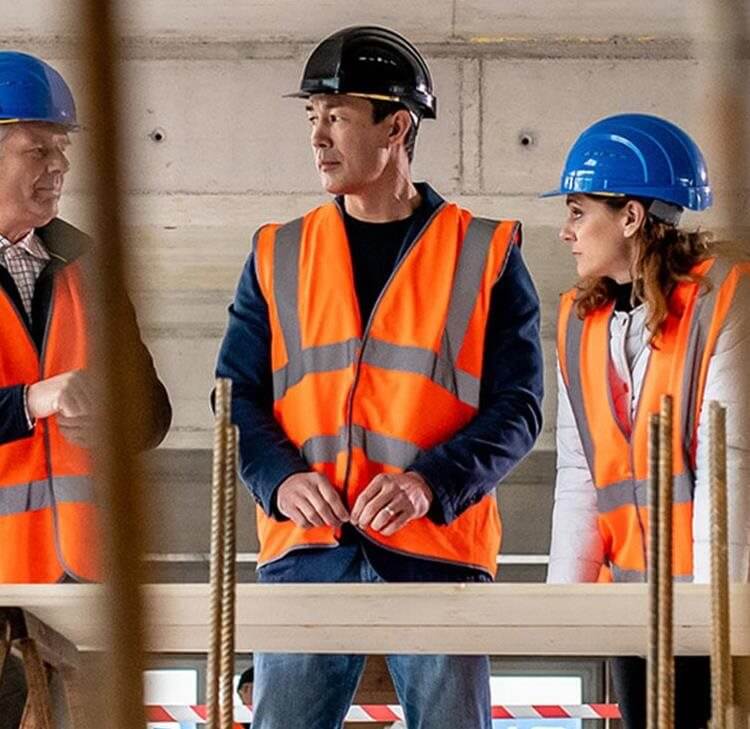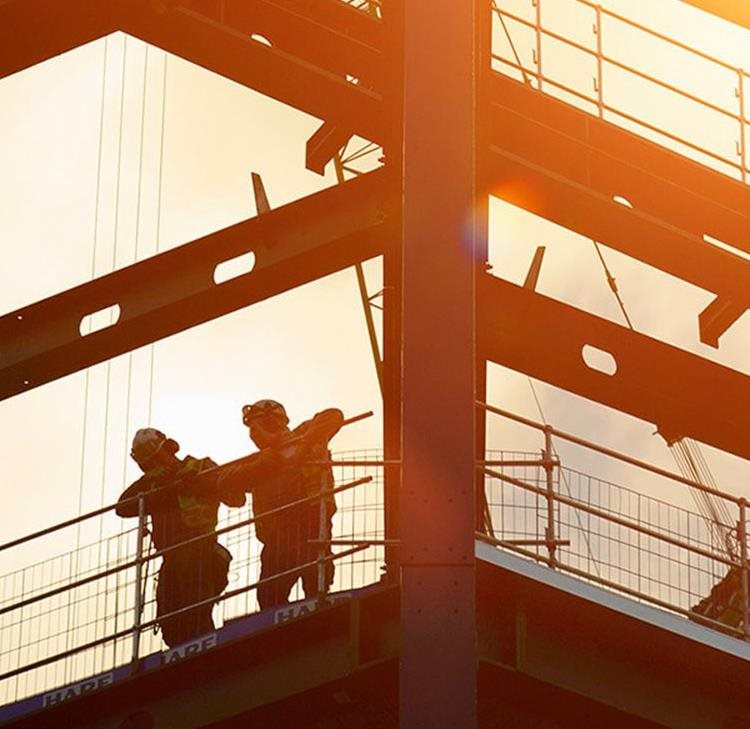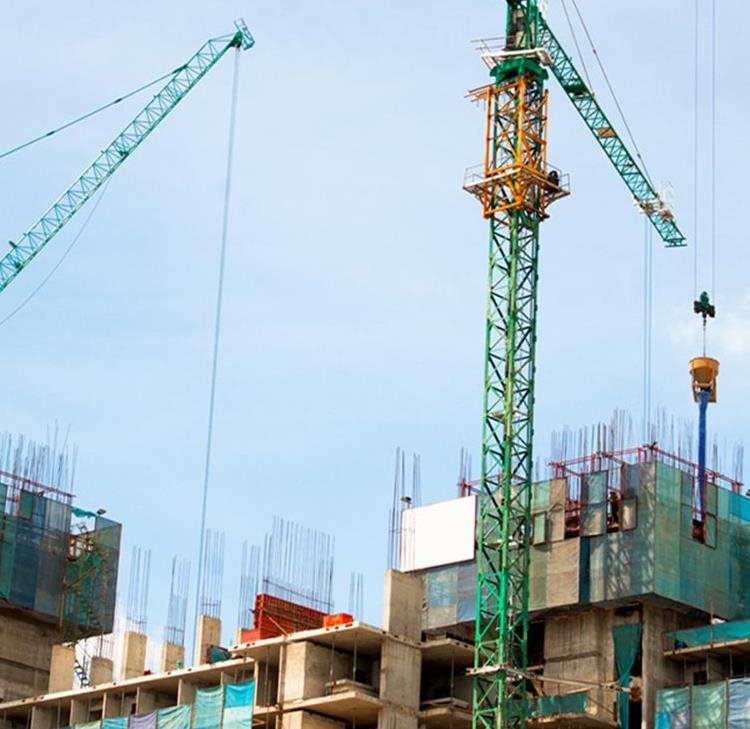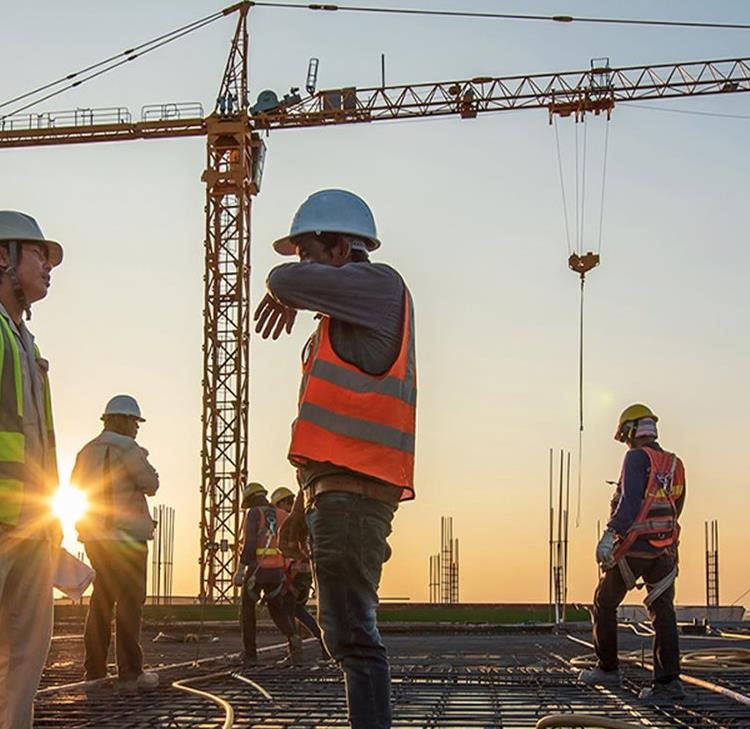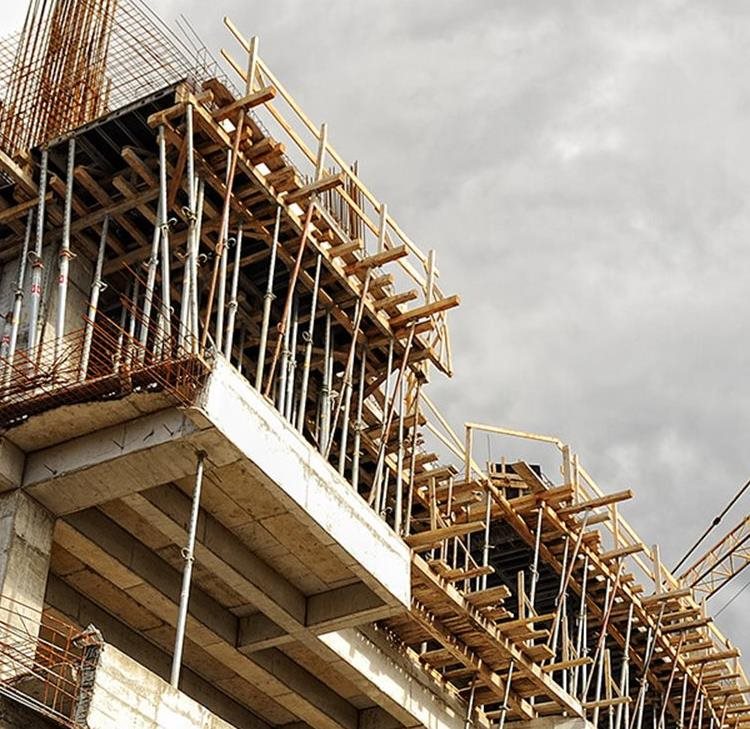Mears Ltd v Costplan Services (South East) Ltd and others [2019] EWCA Civ 502
A breach of a room size tolerance provision in an agreement for lease does not necessarily give the tenant a right to refuse to complete the lease.
Facts
The tenant (T) entered into an agreement for lease under which the landlord (L) agreed to procure the construction of two blocks of student accommodation. T agreed to take a long lease of the blocks following practical completion of the works.
The agreement prevented L from making any variations to the works which materially affected the size of the rooms. The agreement provided that a size reduction of more than 3% from the sizes shown on the original drawings was deemed material. 56 of the completed rooms were found to be more than 3% smaller than this tolerance level.
T sought a declaration that any failure to meet the 3% tolerance level was a material and substantial breach of the agreement for lease, allowing T to terminate the agreement or prevent the employer’s agent from certifying practical completion under the agreement.
Issue
Did T automatically have a right to terminate the agreement for lease or to prevent the employer’s agent from certifying practical completion under the agreement?Decision
The deemed materiality reference in the agreement for lease determined whether there was a breach of contract in the first place, not whether that breach itself was material. As a material breach would allow the tenant to terminate the agreement (known as a repudiatory breach) or object to the issue of a practical completion certificate, it would not make commercial sense if any breach of the agreed size tolerance level (e.g. an undersized bin store) automatically had such an effect.Points to note/consider
- T will be entitled to damages from L for breach of contract and will not necessarily be obliged to complete the long lease. Although the Court of Appeal ruled that not every breach of the room size tolerance provision was material, that did not mean that the breaches in this case were not material or repudiatory (that was a question of fact to be decided on another day).
- The Court of Appeal did acknowledge that parties to a contract can agree that a breach of a particular clause will amount to a material breach (it was just that L and T had not done so here). What this case does show therefore is that if a tenant does not want to have to complete its lease if a particular obligation in an agreement for lease is breached, it is important to provide expressly for this in the agreement.
- As is usually the case, the concept of practical completion was not defined in the agreement for lease. This case is therefore interesting for Coulson LJ’s comments on the meaning of practical completion. In particular:
- practical completion is a state of affairs in which works have been completed, free from patent defects, other than trifling ones that can be ignored;
- it is easier to recognise than define;
- there is no difference with patent defects between an item of work which is outstanding and an item of defective work which requires to be remedied (snagging lists can cover both);
- whether or not a defect is trifling is a matter of fact and degree and just because students could live in the property did not necessarily mean that the property was practically complete; and
- the fact that a defect is irremediable (as in this case) does not of itself prevent practical completion.
Contact

David Harris
Professional Development Lawyer
david.harris@brownejacobson.com
+44 (0)115 934 2019










